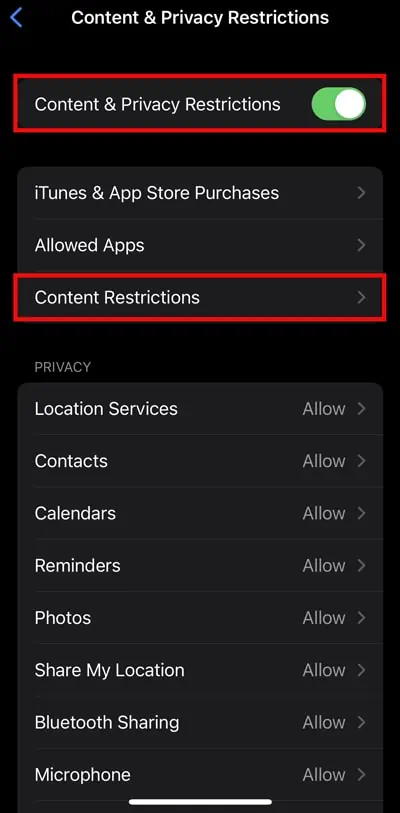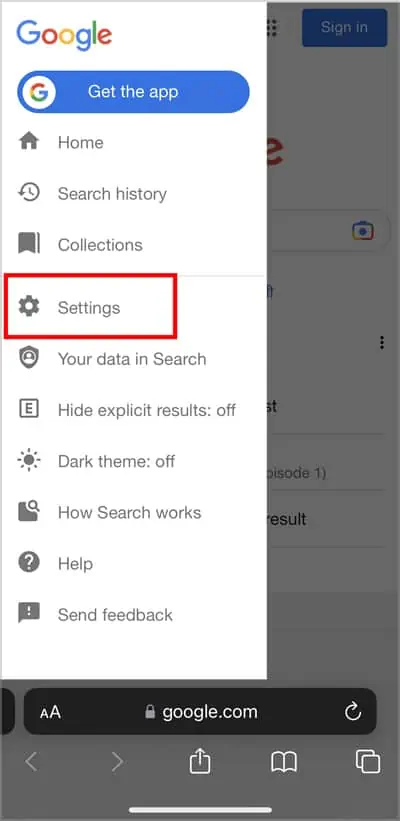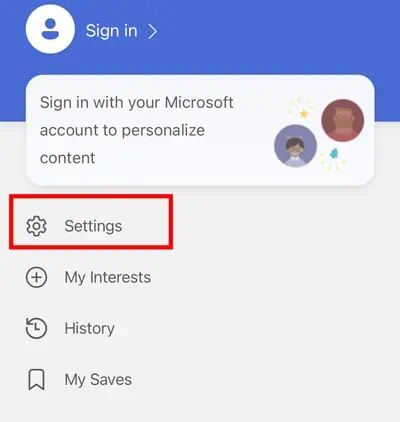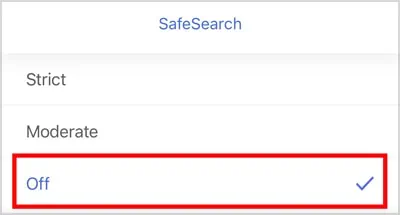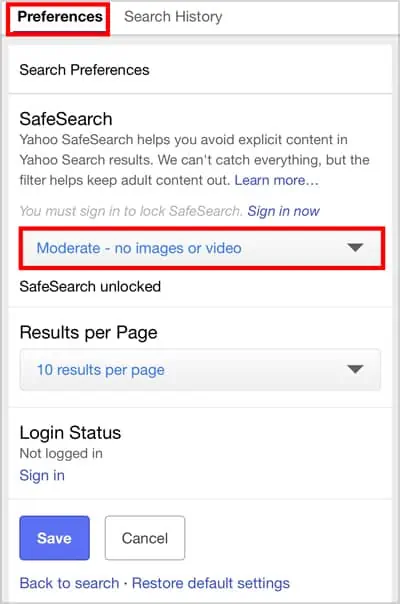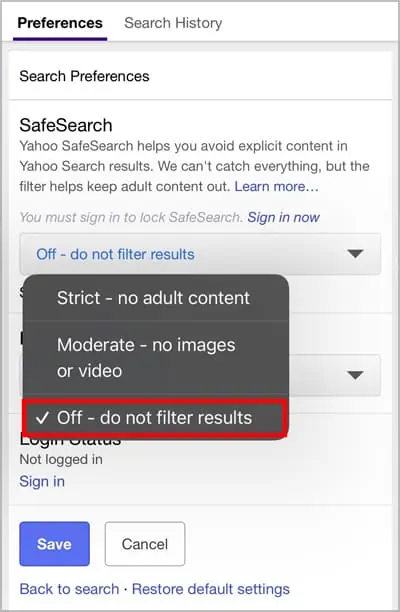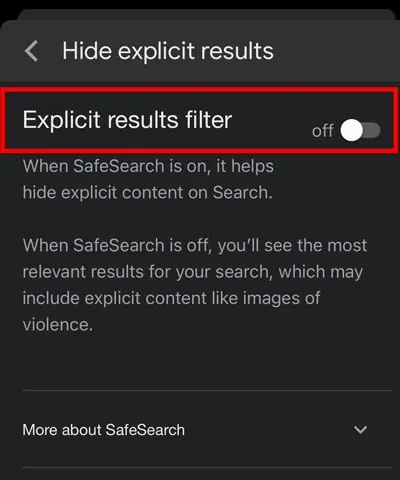SafeSearch is an inbuilt feature on your iPhone and search engines that filter unwanted and inappropriate content. However, sometimes you may want to turn off this feature for an unlimited browsing experience.
Turning off this feature will give you access to explicit content and may invite malignant websites to your doorstep. You can disable this feature from your phone settings or through the search engine.
How to Turn Off SafeSearch on iPhone?
As mentioned earlier, you can’t play or open some web content if you have restricted it from your device’s settings. It basically works as a Safety filter for your device to prevent you from accessing harmful apps and websites. You can turn it off from the settings called Screen Time.
However, the screen time might be password protected. Therefore, you are required to enter the password to get into these settings. Once you get into it, you can easily turn off the restrictions on the web content.
- Open the device Settings.
- Scroll down and Look for Screen Time. Then, tap on it.

- Tap on Content & Privacy Restrictions.

- Toggle on the Content & Privacy Restrictions if you haven’t enabled it. Next, Click on Content Restrictions.

- Tap on Web Content.

- Ensure to select the Unrestricted access to turn off the safe search.

How to Turn Off Safe Search on Search Engines?
SafeSearch is mostly used on Search engines to block the explicit content and to turn off the explicit auto-suggestion that displays while searching for something. So, if you wish to turn it off, here’s how you can do it on popular search engines.
On Google Search Engine
If you specifically wish to turn off the safe search on search engines, you can easily do it too.
The default web browser for the iPhone is Safari, and the default search engine is Google. So, the below steps will be based on that to turn off the SafeSearch.
- Open Safari.
- Open the Google homepage.
- Tap on the Three lines at the top left corner.

- Then, Tap on Settings.

- Under the SafeSearch Filters, select the Show explicit results.

On DuckDuckGo Search Engine
If you use DuckDuckGo for most search results, you can turn off its safe search. The DuckDuckGo search engine can be accessed from any browser, so here are the steps.
- Open the Web Browser.
- Open the DuckDuckGo homepage.
- Then, Tap on Three lines at the top left corner.

- Click on All Settings.

- Scroll down and Under Safe Search, click on the drop-down menu that displays Moderate or Strict.

- Now, Select Off.
On Microsoft Bing Search
You can also turn off the safe search on Microsoft Bing search. To turn it off, you can follow the below steps.
- Open Microsoft Bing Search.
- Tap on the Profile or Three lines at the top right/left corner depending on the app/browser variant.
- Click on Settings.

- Tap on Search.

- Click on SafeSearch.

- Select Off.

On Yahoo Search engine
To turn off the safe search on Yahoo search, follow the steps below.
- Open the Yahoo Search engine.
- Click on Settings located at the bottom of the screen.

- Go to the Preferences section, and then under the Safe Search, you will see Moderate or Strict. Tap on it.

- Tap on Off to turn off the safe search on Yahoo.

- Next, Click on Save, and you need to accept the condition.
On Google App
Turning off the SafeSearch on Google App is as easy as you do like on other search engines. Here are the steps to disable the safe search on your iPhone.
- Open the Google app.
- Tap on your Profile at the top right corner.

- Click on Settings.
- Tap on Hide explicit results.

- Toggle off the Explicit results filter.

Frequently Asked Questions
Why Can’t I Access Some Content Although I Have Turned Off the SafeSearch?
If you cannot access the content after turning off the SafeSearch, it is possible that the system admin has blocked the site or it may have been blocked from your Internet Service Provider (ISP).
What to Do if You Find Explicit Content While the SafeSearch is Turned on?
According to Google, SafeSearch is not 100 % accurate. Although it does a decent job of maintaining a safe browsing experience, sometimes it fails to flag the explicit contents. In such a case, you can reach out to Google and report the content.




